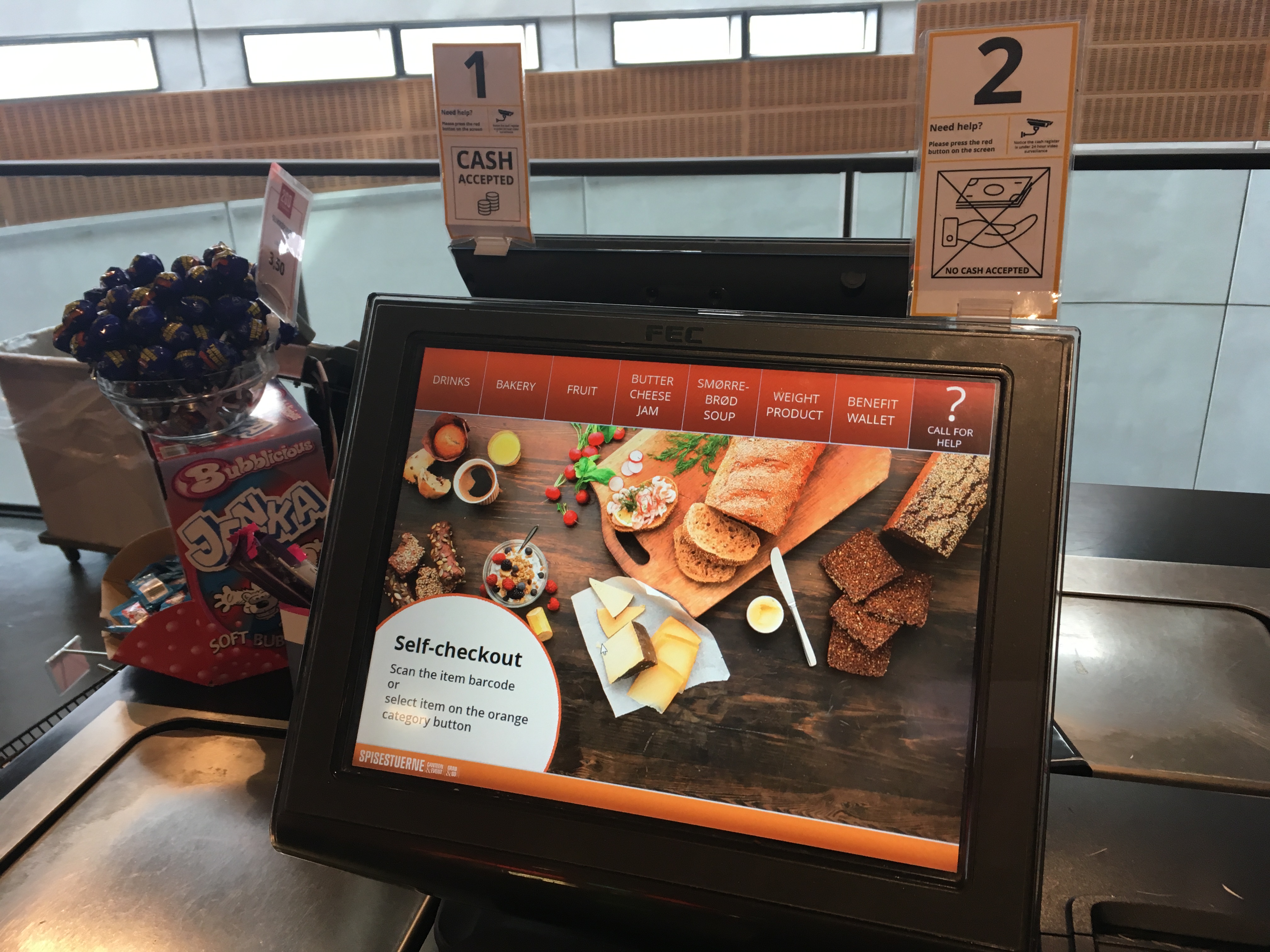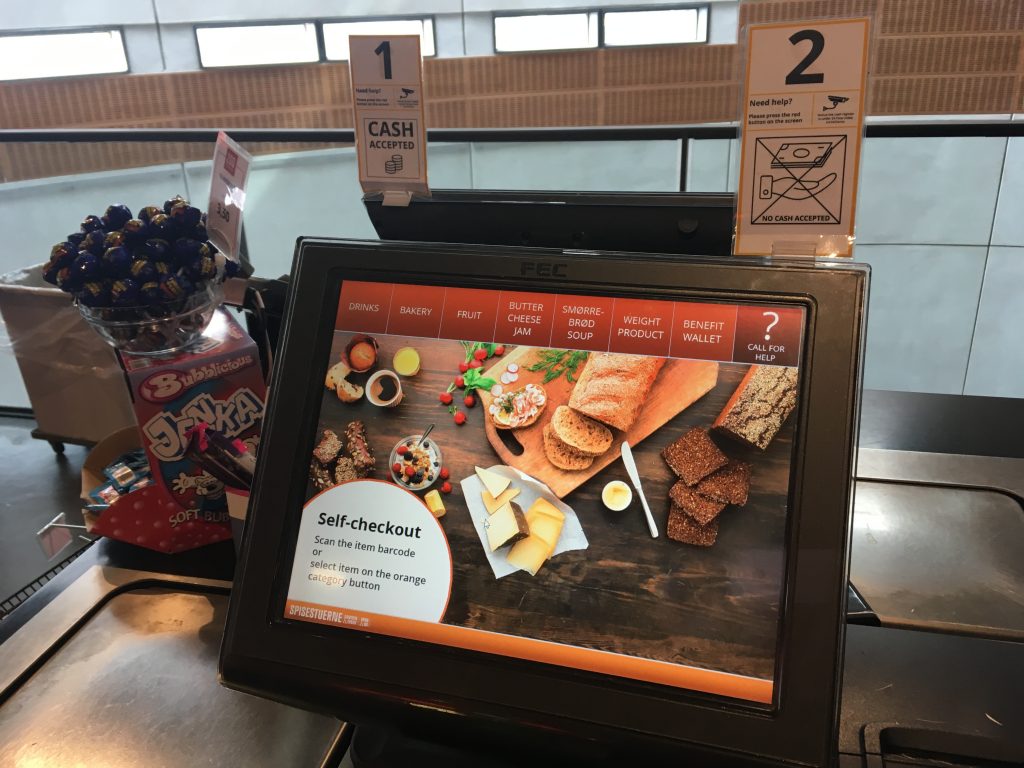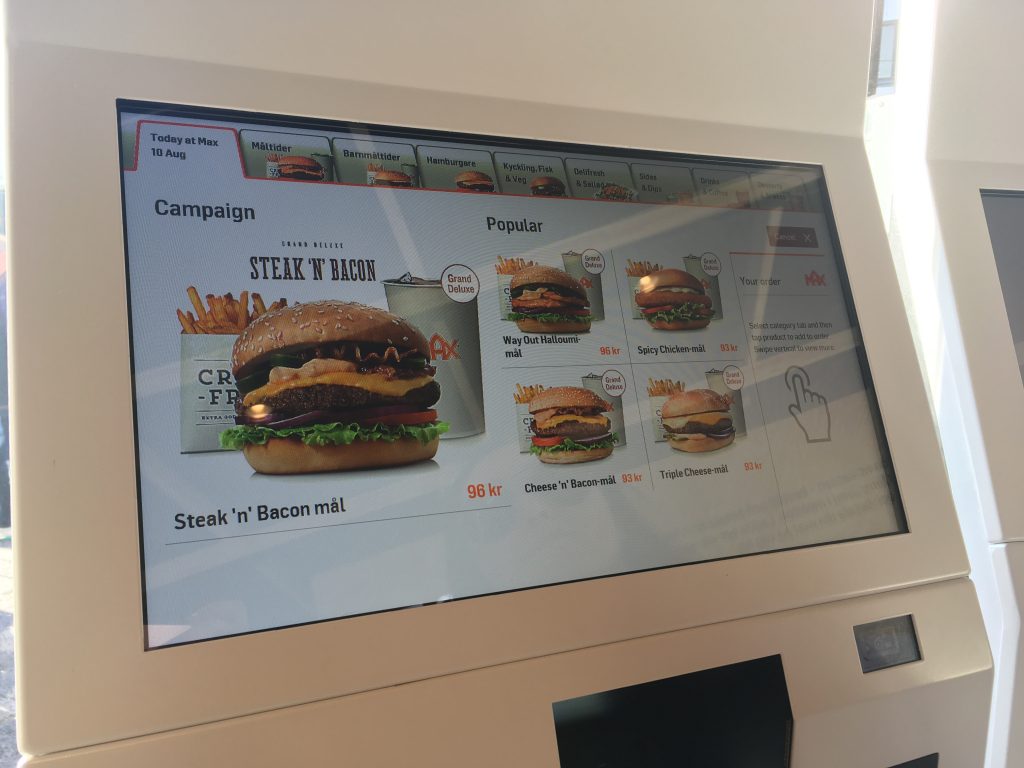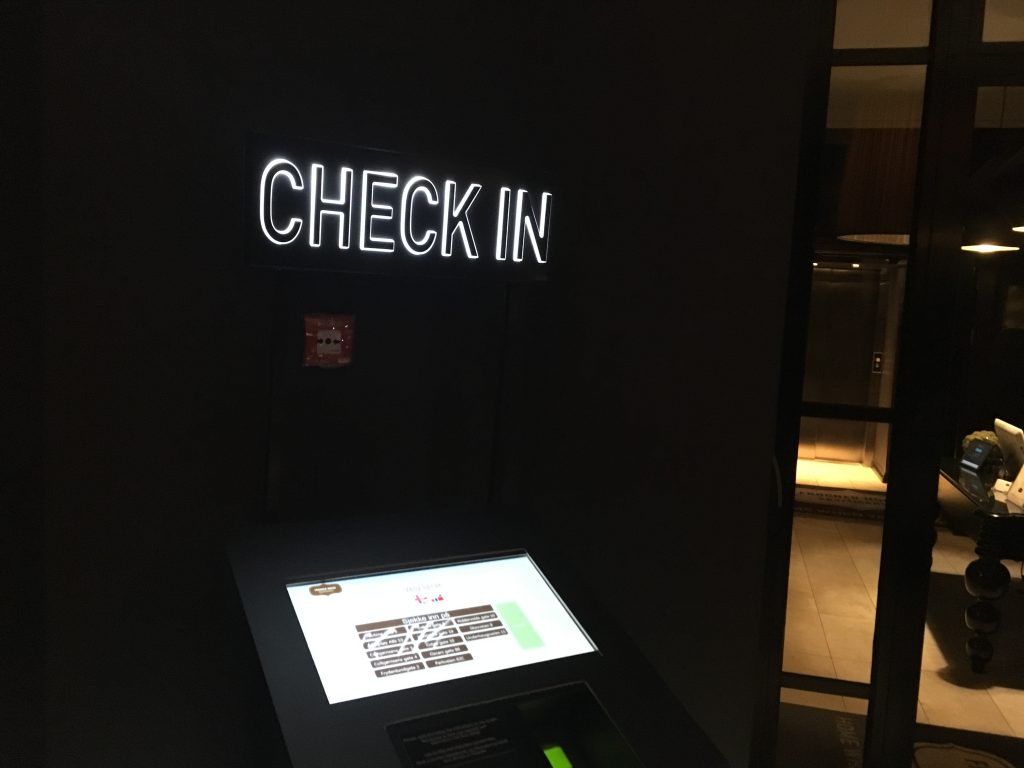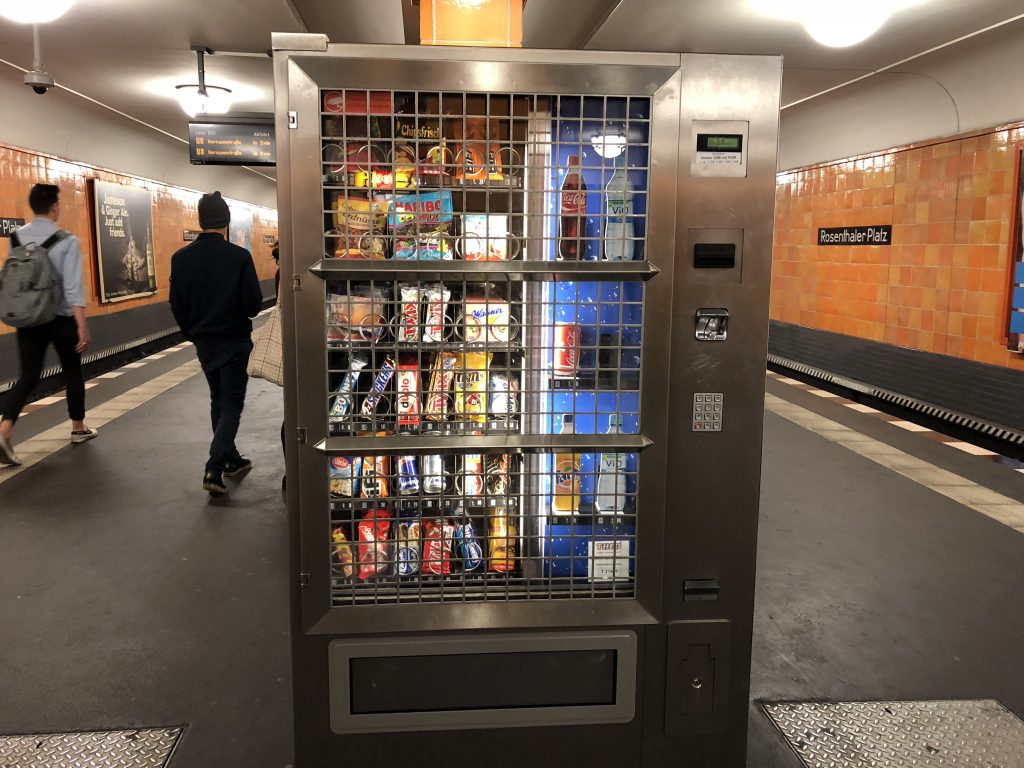
At a downtown subway station in Berlin, Germany, I was surprised by that vending machines are often covered by steel cages. According to my German friend, this is because the machines could be damaged by drunken people at night. Instantly, I formed an impression that Germany is not safe. I assume that juvenile vandalism, an action involving deliberate destruction of or damage to public or private property, is popular in this country.

Then, a few days later, I encountered a public book shelf. At a market in Frankfurt, people freely opened the window and picked up books. At this moment, I instantly corrected my impression; I came to realize that Germany is safe.

We often use trivial cues to quickly form impressions about cities and countries. A steel cage led me to think Germany is dangerous for tourists. However, as Brunswik suggested in his Les Model research, the first impression fails to reflect the truth. A book shelf changed my viewpoint about Germany.
I expect same things happen to foreignersd who come to Asian countries. When Europeans come, they use trivial cues to form an impression and use other cues to correct it. Learning takes time to correctly understand new cities, countries, and culture.
***
Reference
Brunswik, E. (1955). Representative design and probabilistic theory in a functional psychology. Psychological Review, 62(3), 193-217.
This is the core or basic paper in a symposium on the probability approach in psychology. The paper expands on earlier contentions of this author that the environment to which an organism must adjust is semi erratic and that therefore all functional psychology is inherently probabilistic, demanding a representative research design of its own, and leading to a special type of high-complexity, descriptive theory. “The expansions beyond the earlier publications… concern mainly the use of a behavioral example… ; the brief consideration of such semi representative policies as ‘canvassing’; certain comparisons with factorial design and the analysis of variance, as well as with non-functionalistic uses of probability in psychology; and a discussion of actual and potential applications to the clinical-social area and to related domains.”


